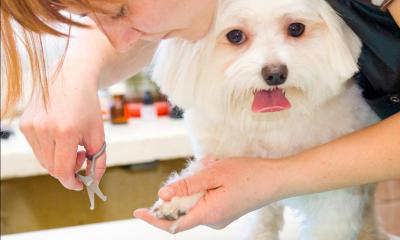
(last updated July 2019)
What has been happening in the mobile catering industry?
Recent developments in the mobile takeaway industry include:
- an expansion of the range of food offered. The traditional image of the mobile takeaway unit is a van selling burgers, chips and fizzy drinks but, while there are still plenty of those around, the sector has expanded to meet different customer tastes and concerns over health, giving rise to vendors selling all types of different cuisine and 'street food', such as Chinese, Thai and Indian, kebabs, jacket potatoes, organic and health food, and so on
- the introduction of a requirement for most takeaways in England and Wales to obtain a late night refreshment licence if they serve hot food and drink between 11pm and 5am (a late hours catering licence is required in Scotland)
- a rise in demand for quick, easy and convenient meals
- people spending more and more money on eating away from their homes - but also looking for good value for money
- the introduction of mobile takeaway exclusion zones around schools, shopping centres and certain other areas by more and more local authorities
- sharp increases in food prices during the late 2000s and early 2010s
- the roll-out of a national food hygiene rating scheme under which food businesses including mobilers are encouraged to display the result of their most recent hygiene inspection (a rating from zero to five). This was made compulsory for food businesses in Wales in late 2013 and in Northern Ireland in October 2016
- the introduction of new food information rules which require caterers to provide information about certain specified allergens if they use these as ingredients
There's no doubt that people have become more aware of the need to eat healthily, and less keen to eat greasy fried food and sugary soft drinks on a regular basis. So while some take-aways have stuck with traditional fare in the hope that enough die-hards will keep eating it, others have made an effort to use less fat and better quality ingredients. You could consider introducing healthier menu items and possibly including items that reflect current trends, such as vegetarian or vegan options.
The early 2010s saw something of a 'British street food revolution' as a new wave of mobile caterers took to the streets keen to banish the old image of the caravan trailer selling greasy bacon butties and builders' tea. There's now more and more interest in street food in this country, and there are literally hundreds of different types of food for caterers to choose from. You can find out a bit more about street food on the British Street Food Awards website.
As demand for takeaway food has grown, the amount of competition has increased. There's no doubt that the economic downturn which began in the late 2000s and continued into the early 2010s prompted many newly-unemployed people to purchase a van or trailer and try their luck at mobiling. Established mobilers may vigorously defend their 'patch' if a newcomer turns up.
The economy started to improve in 2013 and 2014. Unemployment fell and people felt more secure in their jobs. The recovery continued into the first half of 2015 but then slowed in the second half of the year. The slowdown in the economy continued throughout 2016, made worse by the economic uncertainty and a loss of confidence amongst both consumers and businesses following the Brexit vote in June. The pound fell after the vote, increasing inflation and reducing consumers' spending power. The economy continued to perform weakly with low growth in 2017 and into 2018. Little change is forecast for the foreseeable future. To off-set this to some extent, the weak pound meant more people staying at home and holidaying in the UK and more tourists coming here from abroad. People on holiday will often visit events and while there treat the family to takeaway food. When the weather is good, as it was during the long hot summer of 2018, the number of outdoor events and the attendance levels increase, providing more opportunities for mobile takeaway businesses.
To succeed, a mobile caterer will probably need to:
- put in the hours! Many vendors work very long hours, for example on an industrial estate by day, outside a pub in the evening then at a show on the weekend
- identify the best pitches to attend well in advance. A well planned strategy of shows and events to attend and pitches to trade from can make a huge difference to the amount of income generated
- ensure that the business is professionally run and that all necessary licences are obtained and the catering unit is maintained hygienically
- carefully plan the menu and pricelist and be prepared to adjust it depending on the level of competition and amount of custom
- change the menu regularly, even daily - focus on what people really want to eat and put on plenty of tempting specials
- make the most of the unit's strong points. Try to take full advantage of the fact that it can get very close to its customers and meals are quick to cook and relatively cheap
- keep a close eye on costs - recent food price inflation pushed caterers' costs up, but cash-strapped diners still wanted to pay as little as possible
Keeping up to date with developments
Joining a trade association is an excellent way of staying up to date with developments in your industry.
Mobile takeaways are represented by the Nationwide Caterers Association (NCASS). NCASS members enjoy many benefits such as access to training courses and insurance packages, as well as being included on the NCASS website's 'Find a Caterer' database and in their industry guide that's sent to event organisers each year. You can find out more about NCASS and the services they offer to members on their website. NCASS also owns and runs the Street Food UK website.


